By JAMES ESTRIN New York Times Lens Blog
The photographs were shockingly graphic, detailing the torture and execution of men suspected of collaborating with pro-Pakistani militias during Bangladesh?s 1971 war for independence. Featured on front pages and magazine covers around the world, they provoked outrage and won awards, including World Press Photo and a Pulitzer ? both shared by Horst Faas and Michel Laurent.
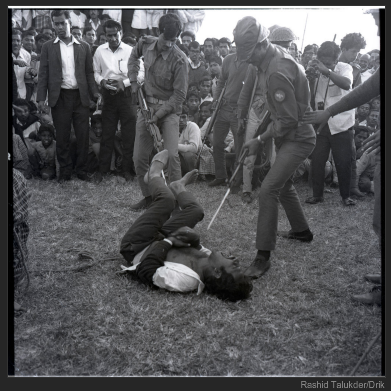
Only three Western photographers were on the scene of the executions: Mr. Faas, Mr. Laurent and Christian Simonpietri. The Magnum photographer Marc Riboud left the scene minutes before and later said he did so because his presence was only encouraging the brutality.
But there was another photojournalist there, whom the others didn?t know: Rashid Talukder, who worked for a Bangladeshi newspaper. Though he also made dramatic images, he did not publish them. He couldn?t. Mr. Talukder knew that ? unlike the foreign photographers ? he would not leave Bangladesh and dash to the next overseas hot spot. He would be staying. And the men behind the executions were among the most powerful in the country.
Instead, he kept the images to himself for more than 20 years.
?Rashid publishing this picture would have been equivalent to him signing his own death warrant,? said Shahidul Alam, founder of the Drik Picture Agency in Dhaka.
Mr. Talukder?s photo (Slide 2) remained stashed away until 1993 when Mr. Alam convinced him that there was no longer extreme danger in publishing the images in Bangladesh. It was published in The Daily Star along with an article by Mr. Alam. They were later exhibited publicly by Mr. Alam in Dhaka in 2000.
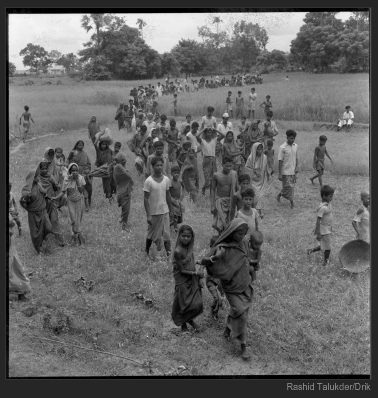
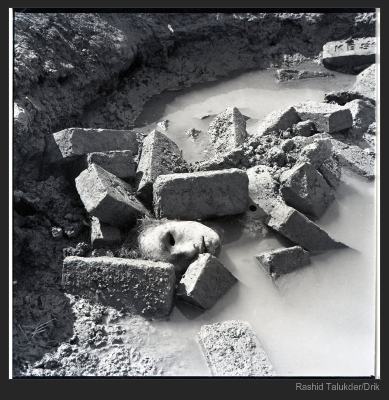
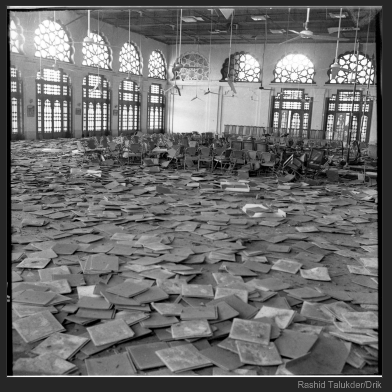
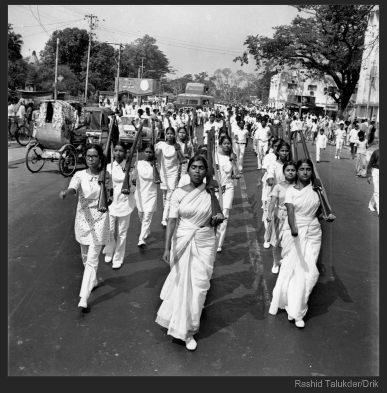
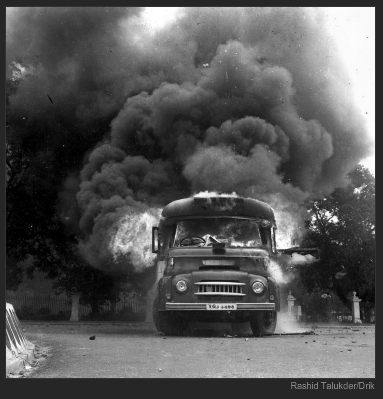
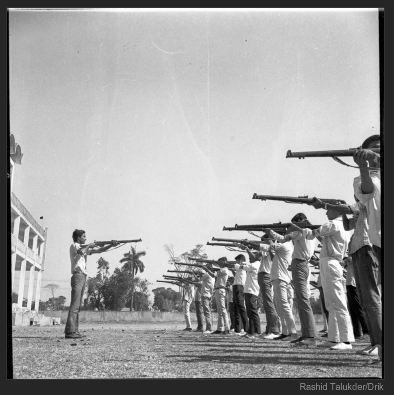
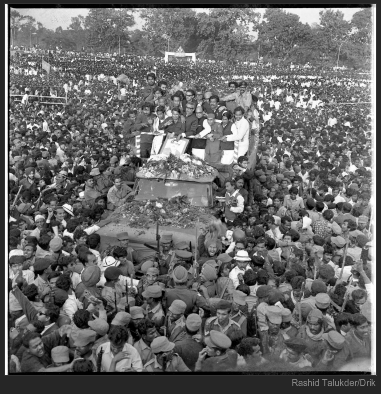
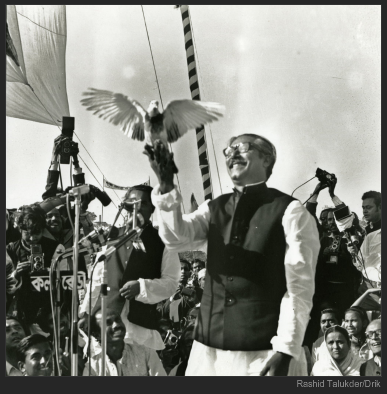
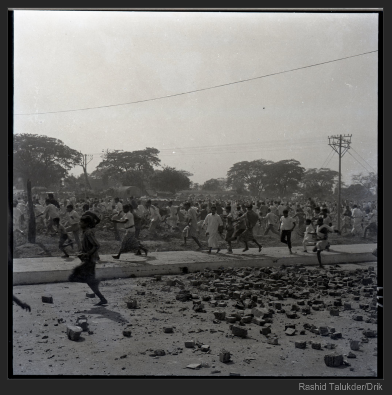
While Mr. Talukder is virtually unknown outside of Bangladesh, he was one of the foremost chroniclers of the struggle for independence, photographing its origins in the language movement of the 1950s and continuing through the war?s aftermath.
Now hailed as a founding father of Bangladeshi photojournalism, Mr. Talukder made some of the most important images of the war, which by some estimates claimed one million lives and turned 10 million of his countrymen into refugees. He also documented everyday life in Bangladesh during his 46-year career, during which he worked for the newspapers The Daily Sangbad and The Daily Ittefaq.
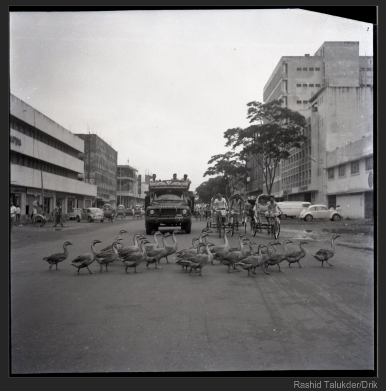
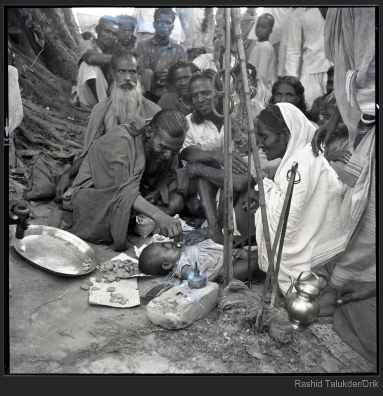
A self-taught photographer with a strong sense of humor, he received a Lifetime Achievement Award at the Chobi Mela international photography festival in Dhaka, in 2006.
When Mr. Talukder died in October of last year, at the age of 72, Mr. Alam described him as ?quick-witted, fast on his feet, streetwise, gregarious, loud and completely disarming.?
At times it was hazardous being a photojournalist in Bangladesh, both before and after independence. There have been many military coups and little freedom of the press. Mr. Talukder himself was once beaten severely by a police officer ? a man whom he recalled having rescued from an angry mob a few years earlier.
When he was shooting news with his medium-format Rolleiflex, he was looking down into the camera and getting quite close to his subjects ? even in volatile situations. His pictures are direct, simple and often quite raw.
?He was working right in the middle of things because he had to be,? Mr. Alam said. ?There wasn?t any security. And for many of the pictures, he was right in the thick of the conflict. He got injured several times.?
Mr. Alam and his colleagues at Drik are trying to restore Mr. Talukder?s archives, sorting through negatives that were mostly stored in garbage bags in no specific order. Decades of exposure to Dhaka?s humidity and monsoons have badly deteriorated some of the negatives and prints.
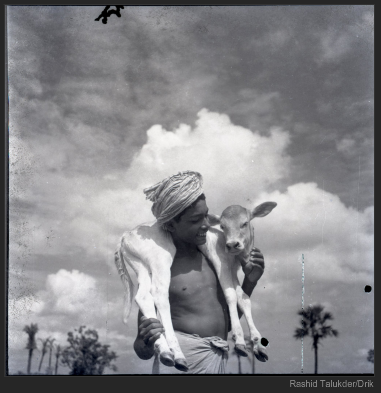
To mark the 40th anniversary of the war for independence, Mr. Alam, with the help of Robert Pledge of Contact Press Images, published an award-winning book of photographs from the 1971 conflict, ?The Birth Pangs of a Nation.? Financed by the United Nations, it features many of the finest photographers of the time: Donald McCullin, Mary Ellen Mark, Bruno Barbey, David Burnett, Abbas as well as Mr. Haas, Mr. Laurent and Mr. Riboud.
Amid that celebrated group is one more name: Rashid Talukder.
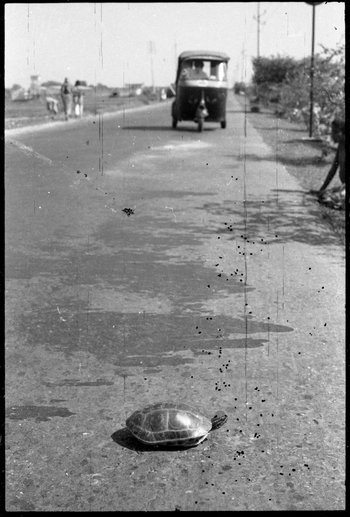
Please Retweet. #1971 #Bangladesh #Pakistan #photography #drik

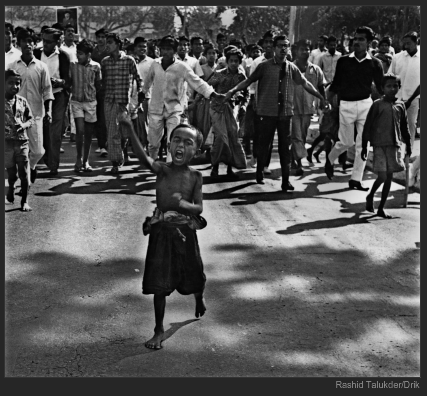
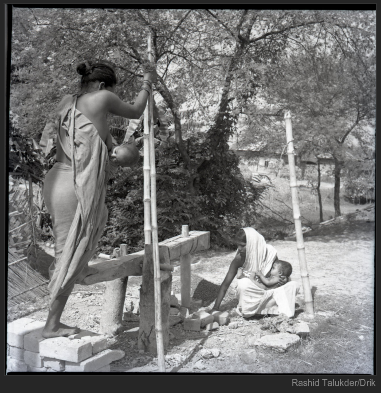




Leave a Reply
You must be logged in to post a comment.